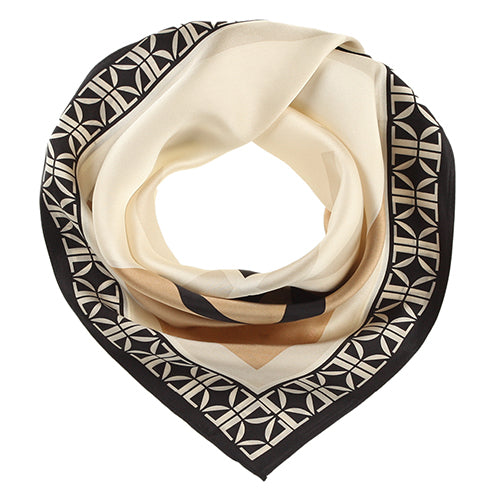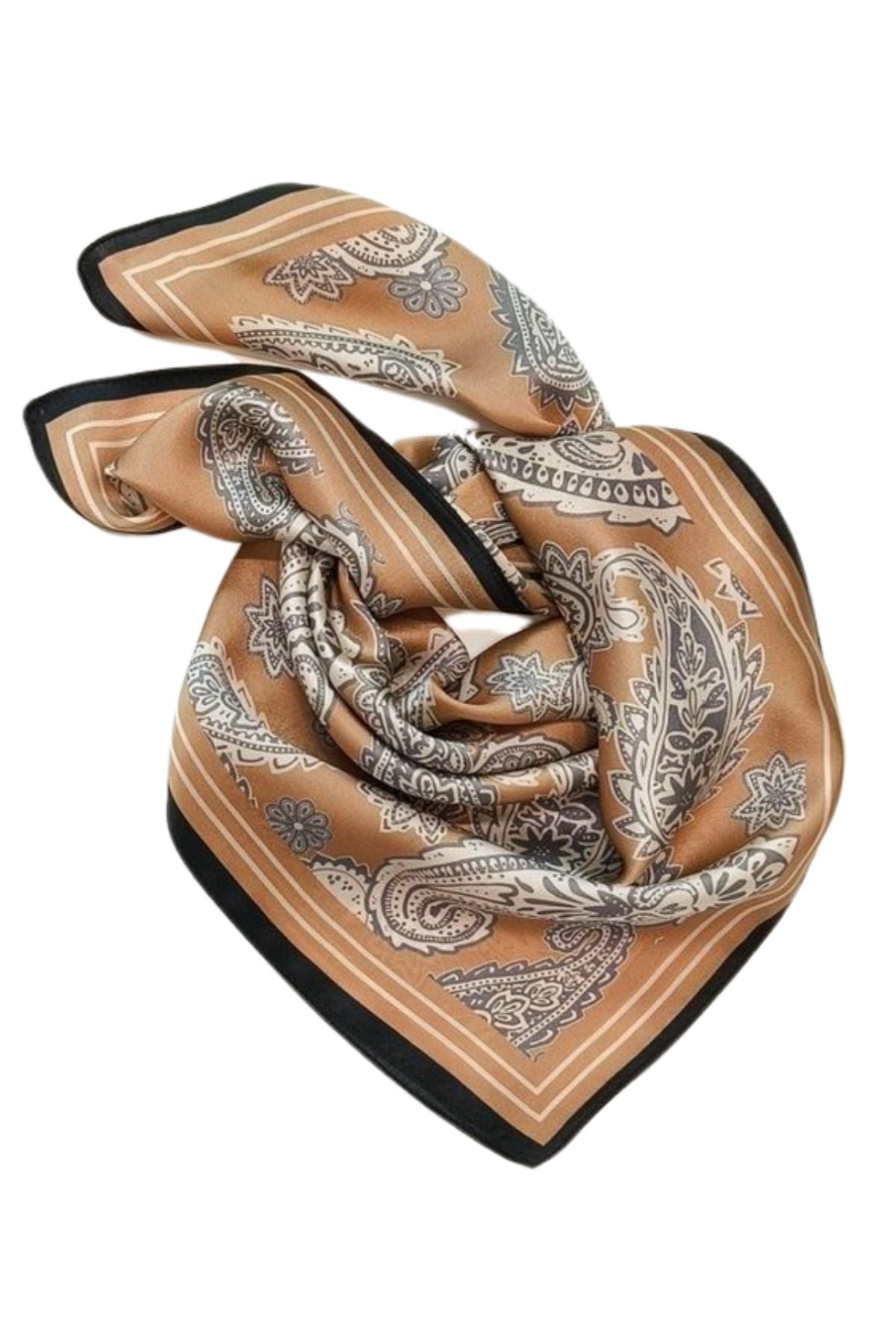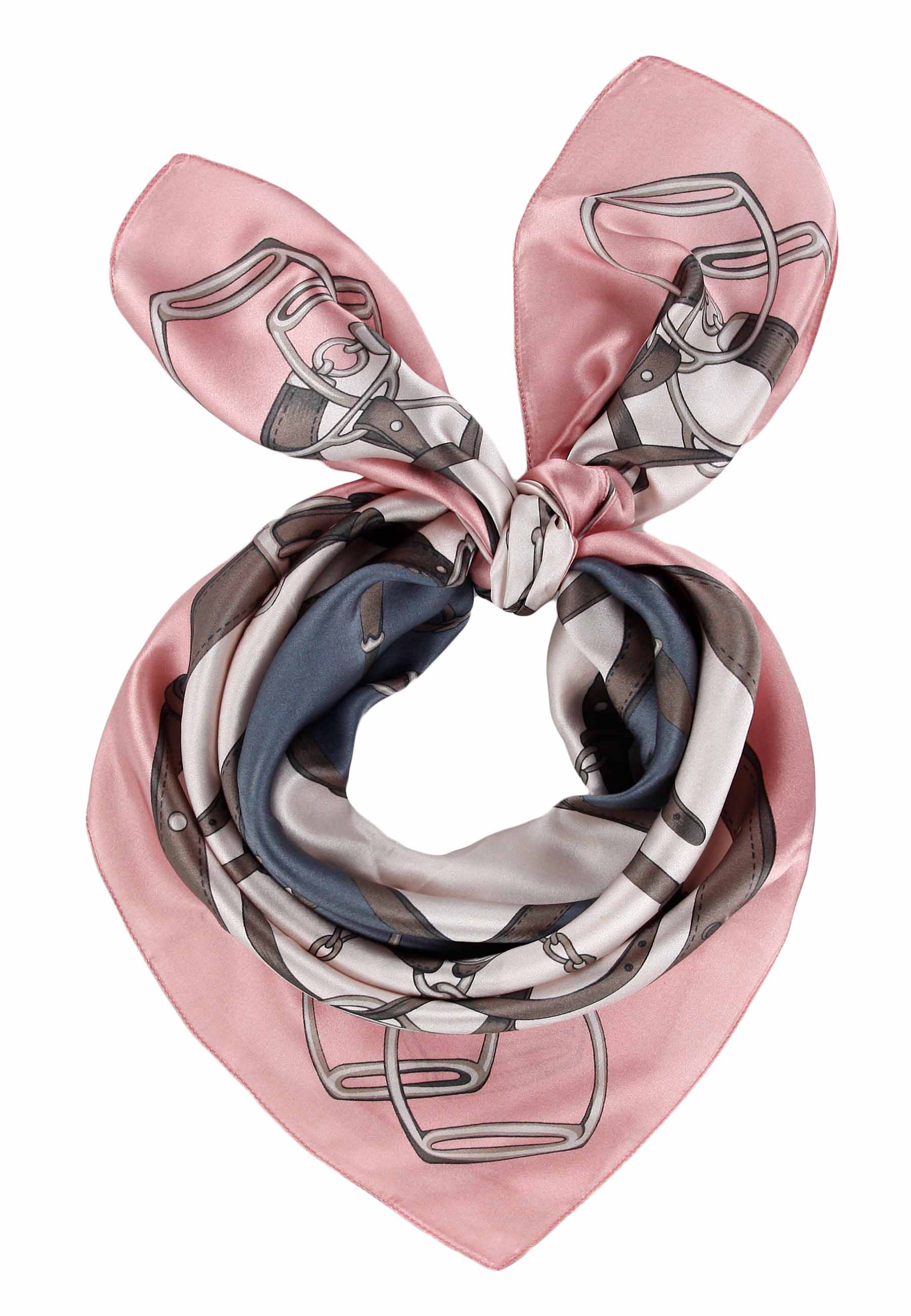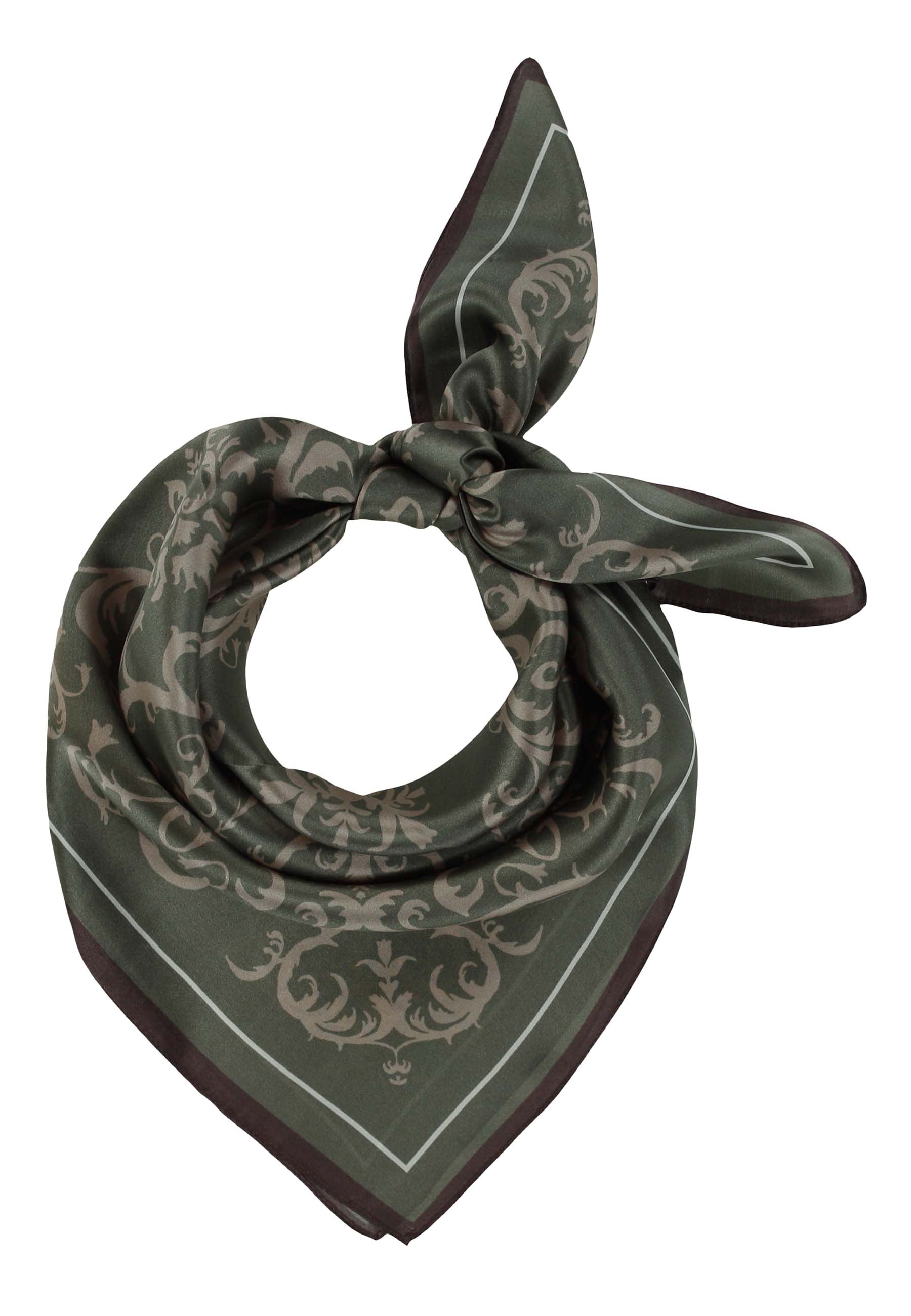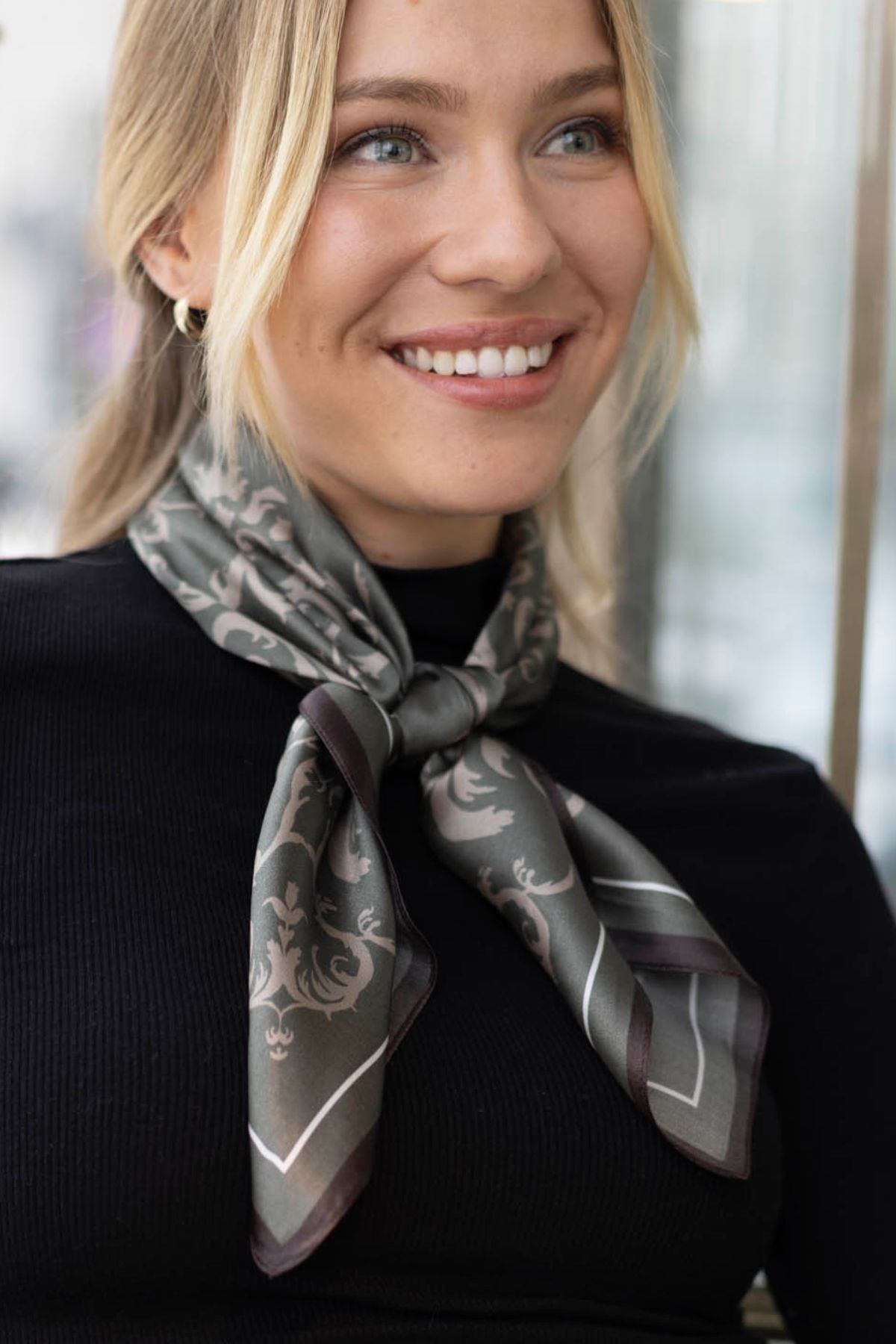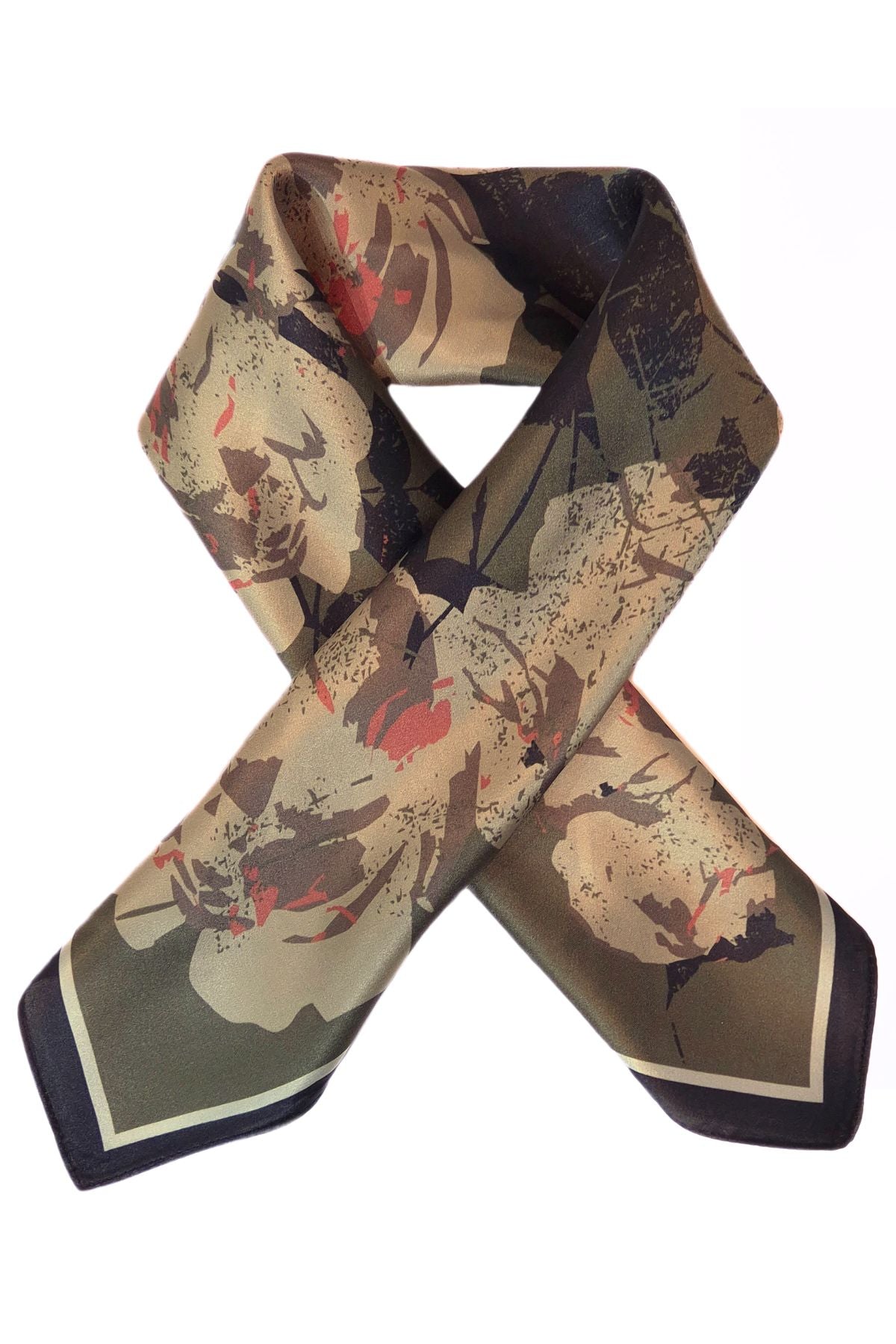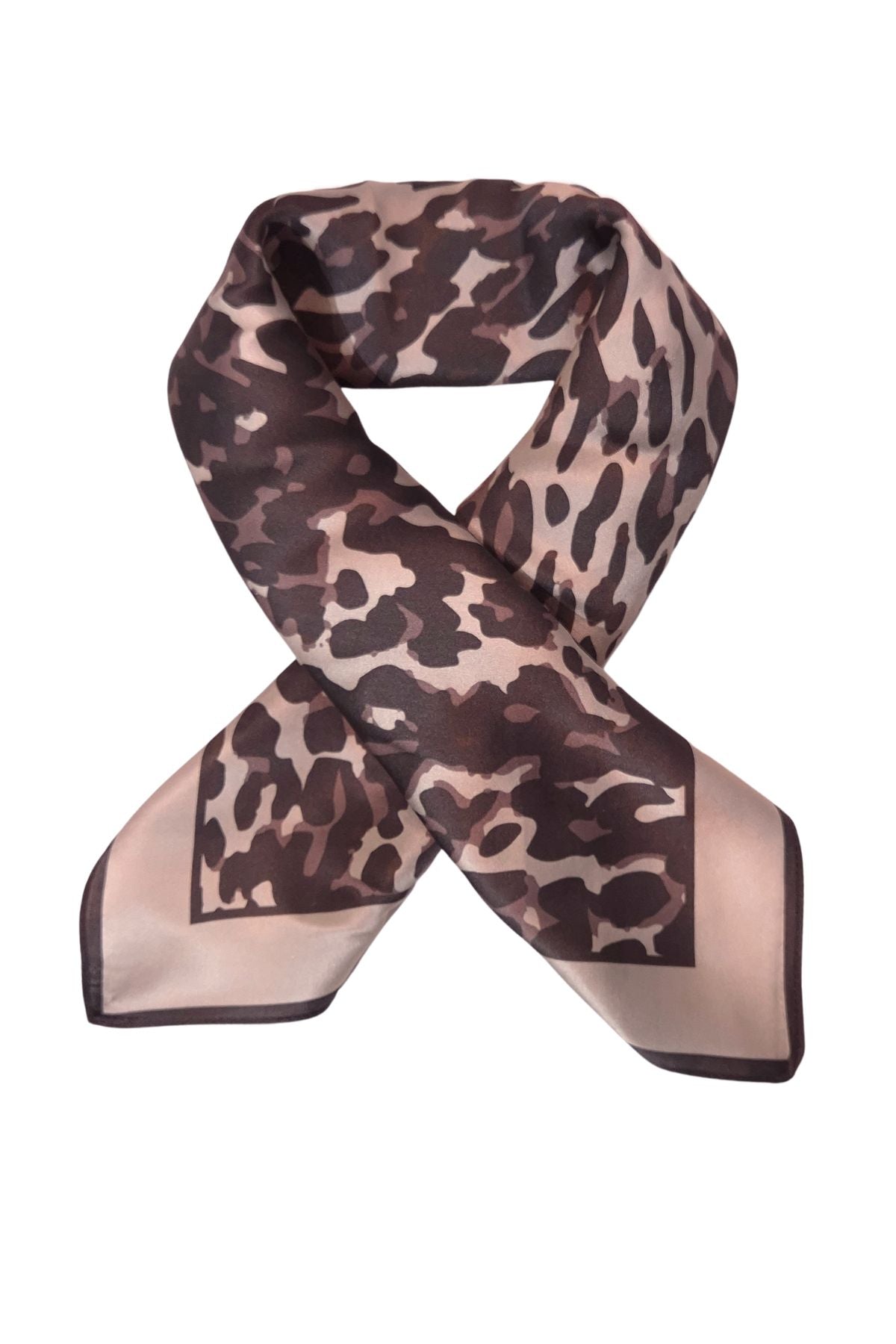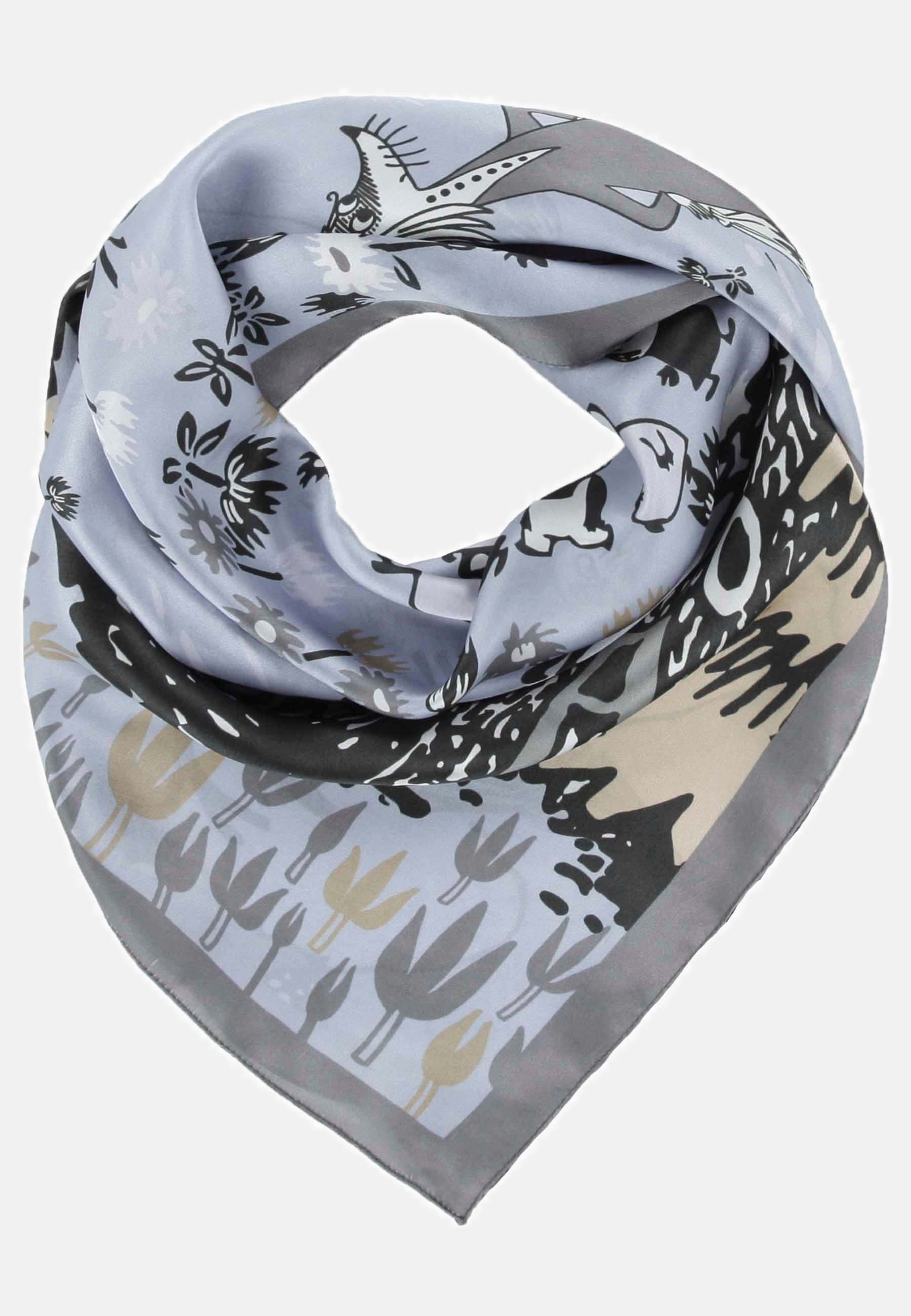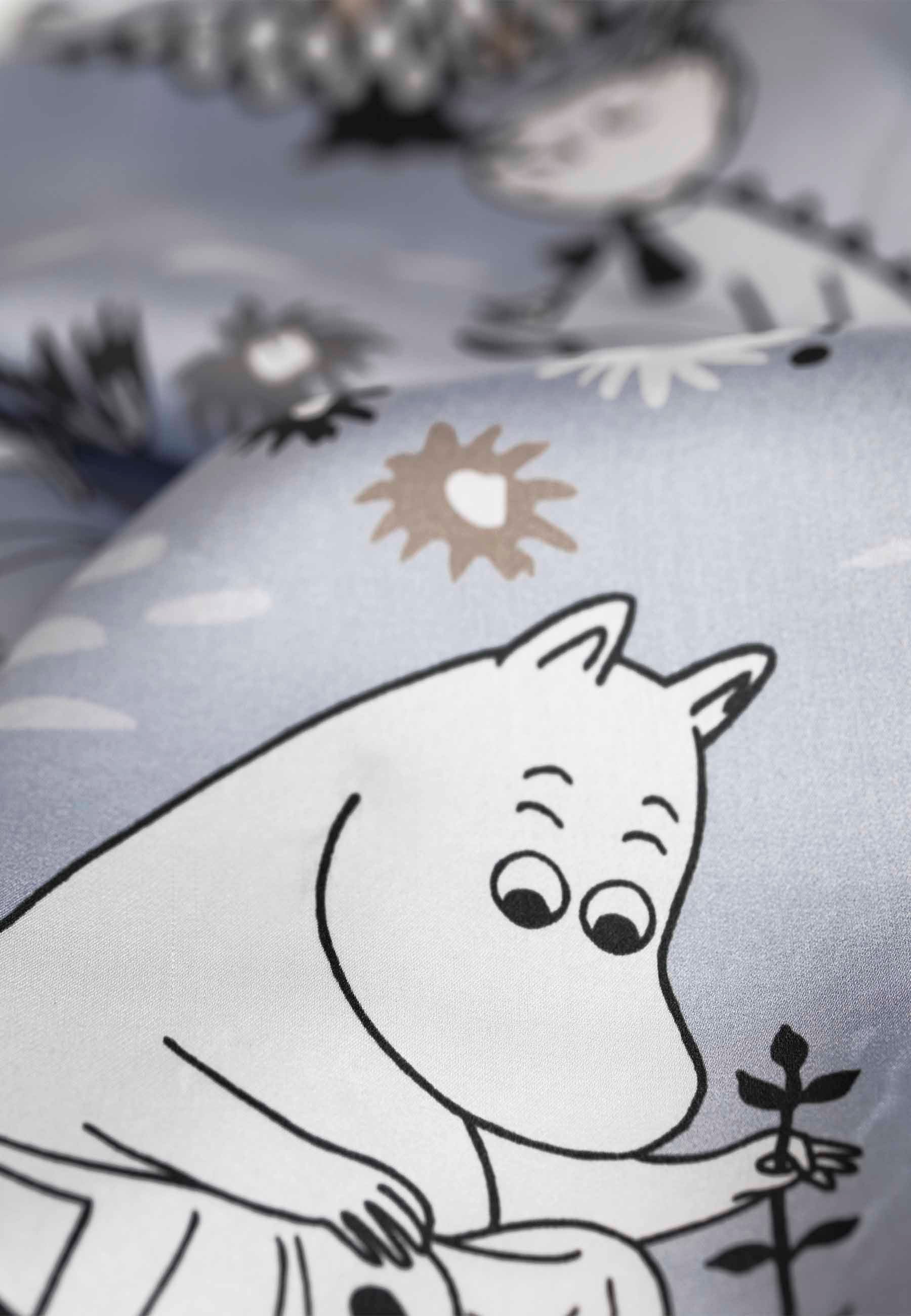Article: The Gentle Art of Silk: Caring for, Storing, and Styling Your Scarves
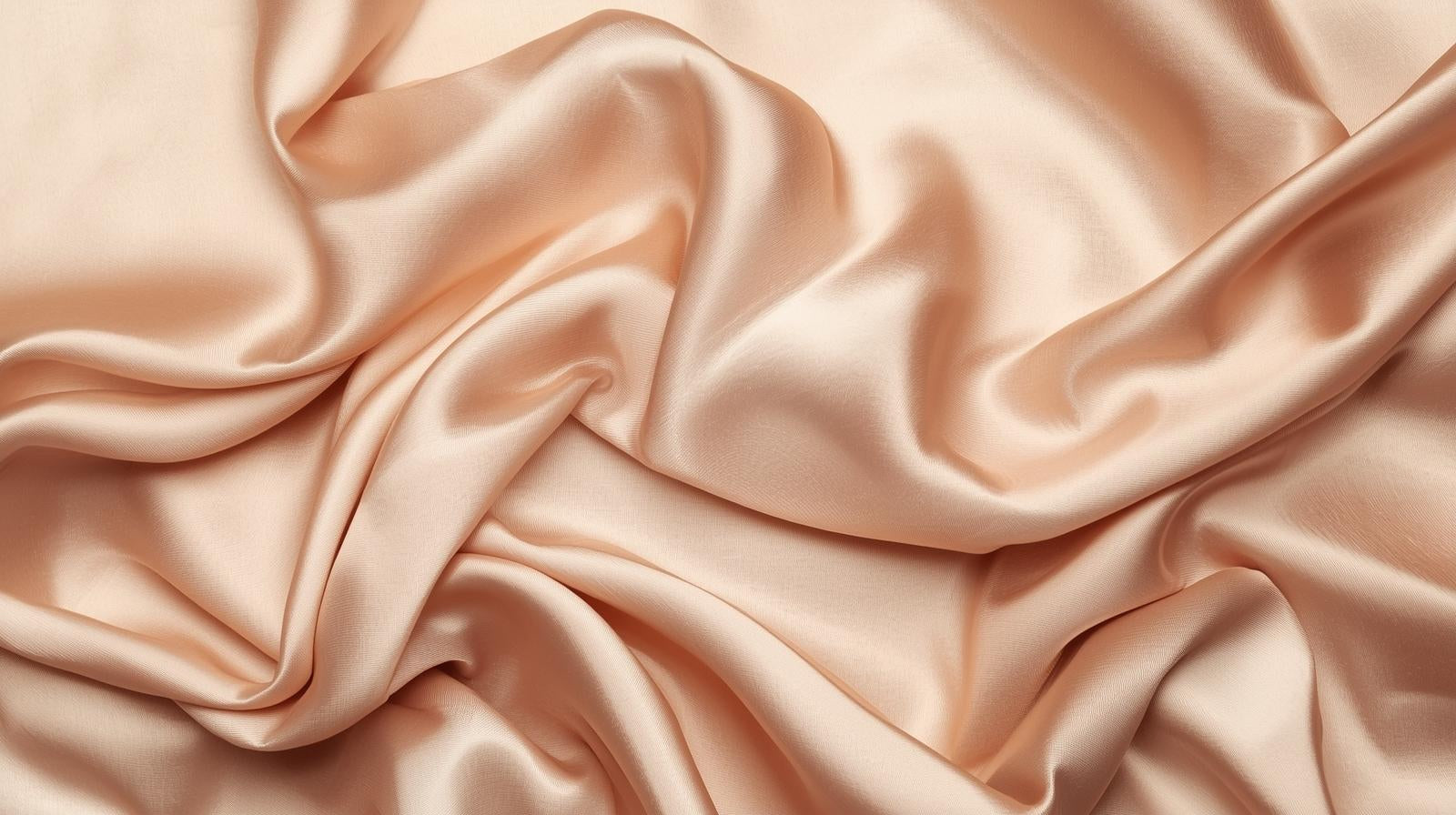
The Gentle Art of Silk: Caring for, Storing, and Styling Your Scarves
Silk has a graceful way of elevating any outfit, which is why it has remained a fashion favorite for decades. At Lasessor, silk scarves are a signature piece—valued not only for their understated beauty but also for the enduring strength of the fiber. With gentle, consistent care, a silk scarf keeps its color, drape, and soft sheen for years.
Cool water and a mild, silk safe detergent generally provide all that a silk scarf requires. A light swish, a thorough rinse, and a brief press between clean towels to remove excess water are usually sufficient to clean the silk fibers. Drying proceeds best on a flat surface, away from direct sun and heat.
For stains, gentle dabbing with the same mild detergent—optionally with a touch of distilled white vinegar—can be effective. Washing the entire scarf afterward helps avoid water marks. When care feels uncertain, professional cleaners experienced with silk remain a sound option.
Note: If a care label clearly allows machine washing, a delicate cycle, cool water, and a mesh bag may be considered, though handwashing remains the gentlest approach.
Many light creases relax naturally. Hanging the scarf or allowing light bathroom steam to work often suffices. When ironing is preferred, a low silk setting, slightly damp fabric, and a plain cotton pressing cloth offer a careful method. Avoiding direct contact on the shiniest face can help preserve natural lustre.
Silk scarves benefit from being stored clean and folded along natural lines. Wrapping in acid free tissue and placing in a breathable box or fabric lined drawer supports the fibers. A cool, dry, and shaded location is ideal. Cedar or lavender sachets provide a pleasant, natural approach to moth deterrence. During travel, a soft pouch keeps silk separate from alcohol based products such as perfume or hairspray.
Prolonged direct sunlight, strong heat, harsh cleaners, and alcohol based sprays can degrade silk fibers and finish. Fragrance applied to skin and allowed to dry typically proves more textile friendly than spraying fabric.
With these gentle, neutral practices, a silk scarf tends to remain soft, lustrous, and ready for a wide range of styles.
Washing, the easy way
Cool water and a mild, silk safe detergent generally provide all that a silk scarf requires. A light swish, a thorough rinse, and a brief press between clean towels to remove excess water are usually sufficient to clean the silk fibers. Drying proceeds best on a flat surface, away from direct sun and heat.
For stains, gentle dabbing with the same mild detergent—optionally with a touch of distilled white vinegar—can be effective. Washing the entire scarf afterward helps avoid water marks. When care feels uncertain, professional cleaners experienced with silk remain a sound option.
Note: If a care label clearly allows machine washing, a delicate cycle, cool water, and a mesh bag may be considered, though handwashing remains the gentlest approach.
Keeping creases calm
Many light creases relax naturally. Hanging the scarf or allowing light bathroom steam to work often suffices. When ironing is preferred, a low silk setting, slightly damp fabric, and a plain cotton pressing cloth offer a careful method. Avoiding direct contact on the shiniest face can help preserve natural lustre.
Storage that supports longevity
Silk scarves benefit from being stored clean and folded along natural lines. Wrapping in acid free tissue and placing in a breathable box or fabric lined drawer supports the fibers. A cool, dry, and shaded location is ideal. Cedar or lavender sachets provide a pleasant, natural approach to moth deterrence. During travel, a soft pouch keeps silk separate from alcohol based products such as perfume or hairspray.
Elements best avoided
Prolonged direct sunlight, strong heat, harsh cleaners, and alcohol based sprays can degrade silk fibers and finish. Fragrance applied to skin and allowed to dry typically proves more textile friendly than spraying fabric.
Simple styling ideas
- Classic triangle: Fold into a triangle, drape the point forward, and rest the knot slightly to one side for a relaxed finish.
- Slim band: Roll into a narrow ribbon and knot softly at the nape or under the chin.
- French drape: Set the long edge at the chest and bring ends around the neck for an effortless fall.
- Hair and accents: Tie a ponytail, weave into a braid, loop through belt loops, or wrap a bag handle for a subtle color lift.
- Larger squares: On warm days, strapless or halter ties can feel playful; in cooler weather, silk layers smoothly under coats thanks to its natural thermoregulatory qualities.
Recap
- Cool water, mild detergent, and flat air drying serve a silk scarf well.
- Steam or low heat ironing through a cloth eases creases without stress.
- Clean, folded, breathable storage supports color, shape, and sheen.
- Distance from heat, harsh chemicals, alcohol based sprays, and direct sun helps preserve longevity.
With these gentle, neutral practices, a silk scarf tends to remain soft, lustrous, and ready for a wide range of styles.


